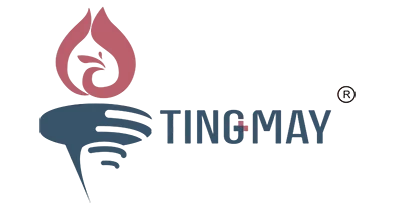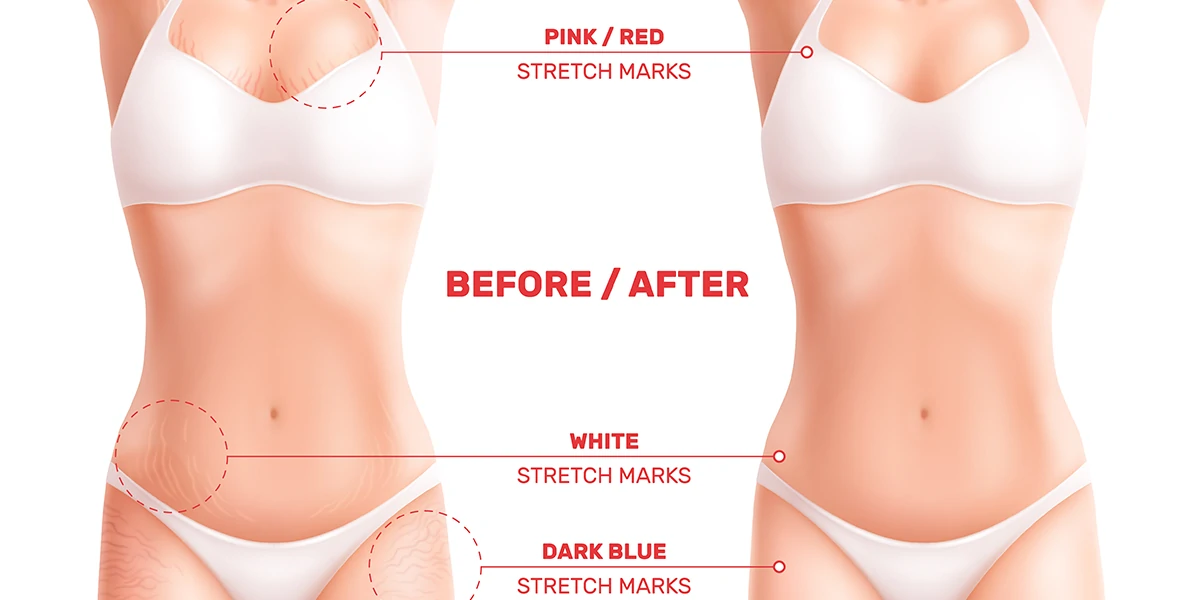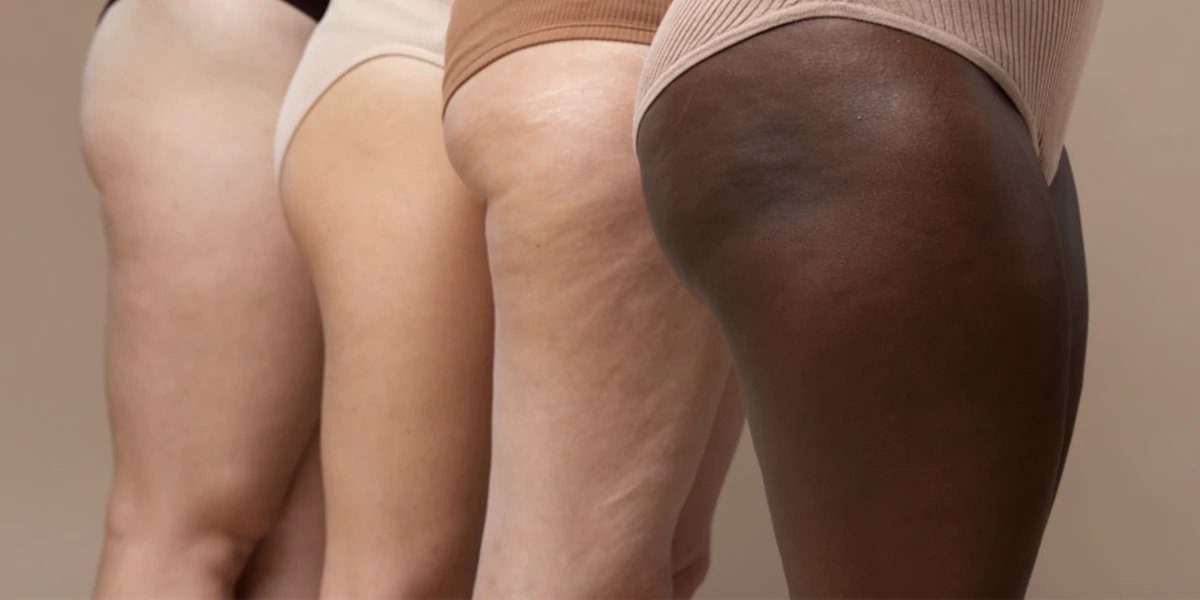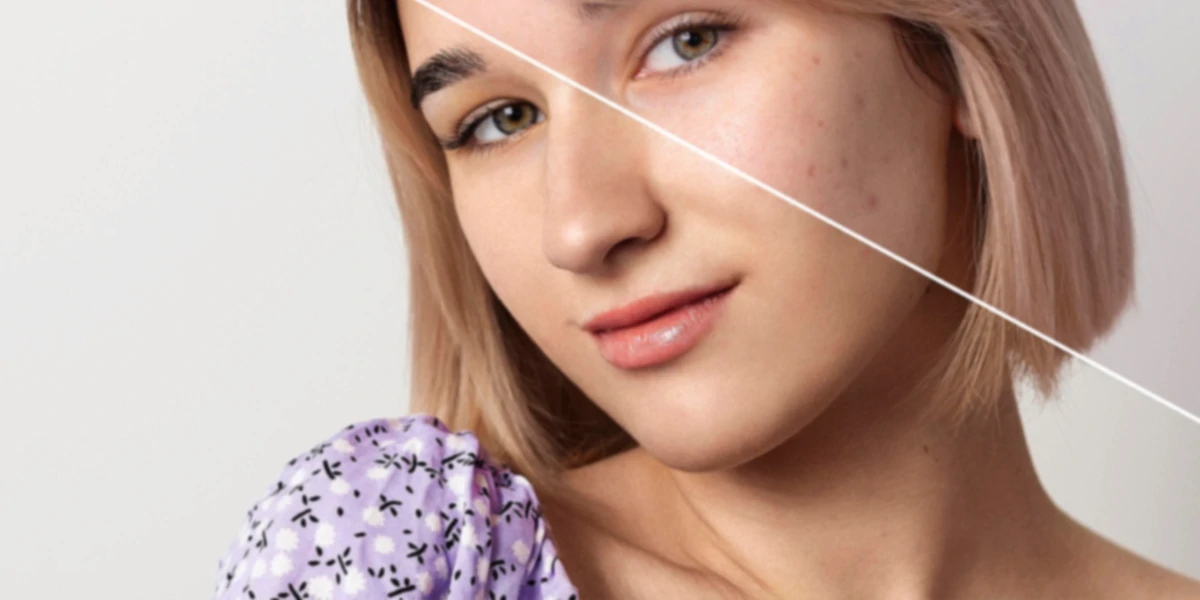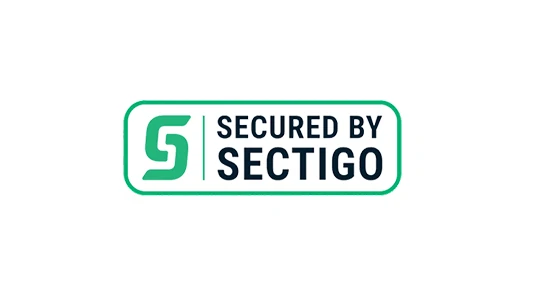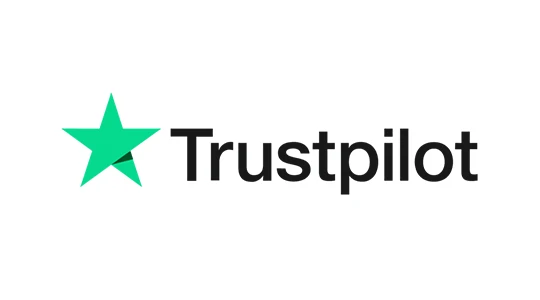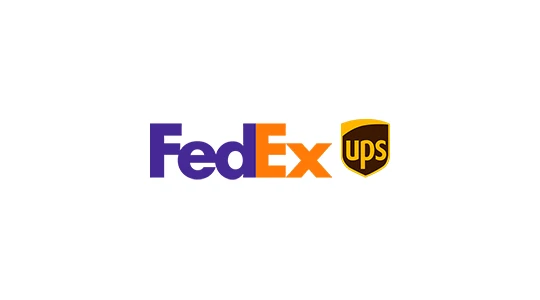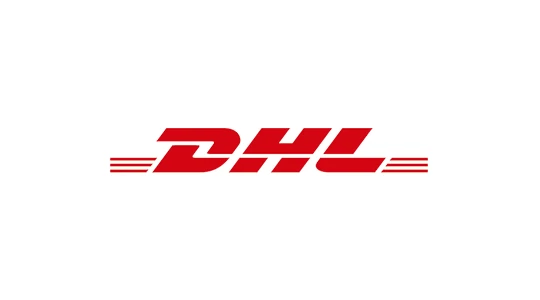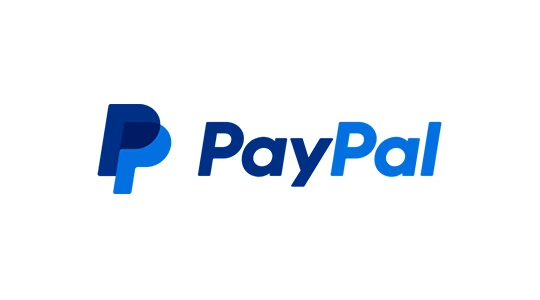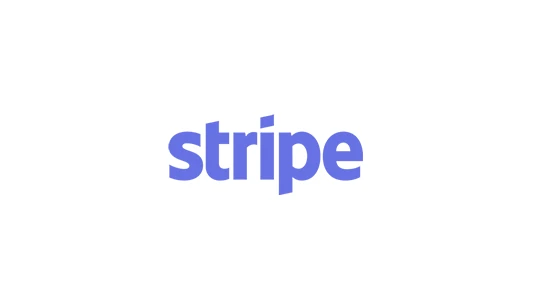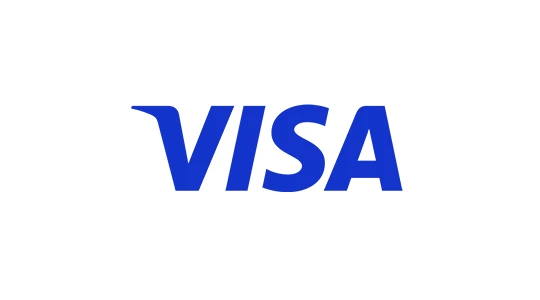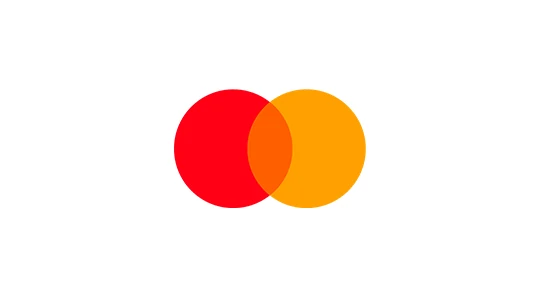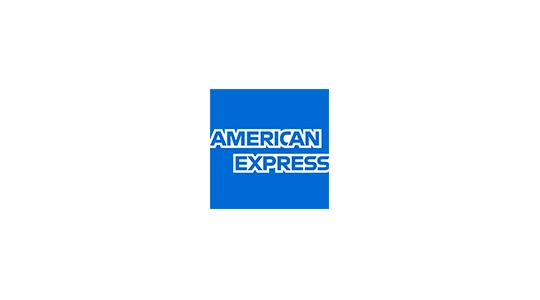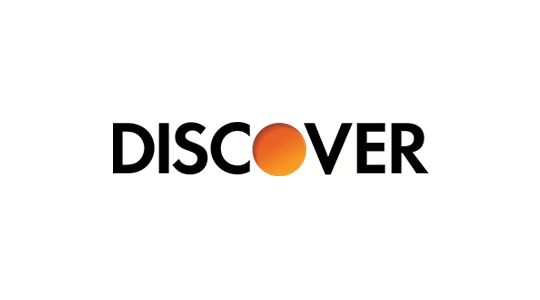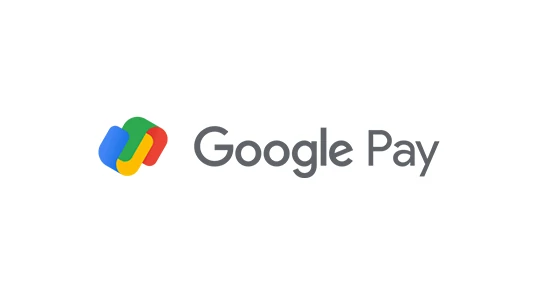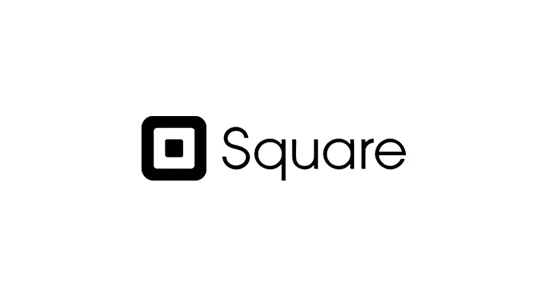Blog
Laser Stretch Mark Removal: Does It Really Work?
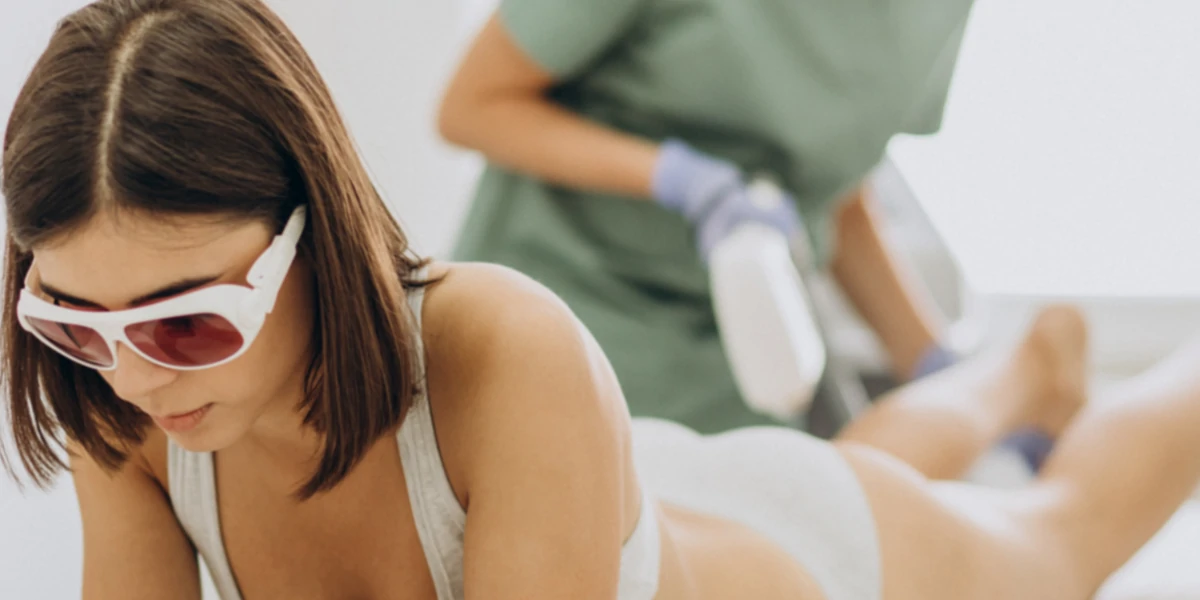
If you’re reading this, you’ve likely tried the creams, oils, and lotions with disappointing results. While these products can help with hydration, they rarely make a significant impact on the texture and color of stretch marks. For those seeking a truly effective solution, laser stretch mark removal has emerged as a powerful, science-backed option that can dramatically improve the skin’s appearance.
This guide is designed to be your definitive resource, walking you through how laser technology works, what the process is really like, the costs involved, and how to determine if it’s the right choice for you. We’ll set realistic expectations and provide the information you need to make an informed decision on your journey to smoother, more confident skin.
How Does Laser Stretch Mark Removal Actually Work?
At its core, laser treatment uses highly concentrated beams of light energy. This energy is precisely targeted at the stretch mark, creating a controlled “micro-injury” in the skin. This process triggers the body’s natural healing cascade, stimulating the production of new, healthy collagen and elastin—the essential proteins that give skin its strength and smoothness.
However, not all lasers are the same. The right approach depends entirely on the age and color of your stretch marks.
For New, Red/Purple Stretch Marks (Striae Rubrae)
New stretch marks are red or purple because of the presence of active blood vessels just beneath the skin. Lasers like the Pulsed Dye Laser (PDL) or Intense Pulsed Light (IPL) are ideal for these. They work by targeting the hemoglobin (the red pigment in blood). The light energy is absorbed by the blood vessels, causing them to heat up and collapse. This dramatically reduces redness and inflammation, helping the marks fade and blend in with the surrounding skin much more quickly.
For Older, White/Silver Stretch Marks (Striae Albae)
Older stretch marks are white because the inflammation has subsided and the blood vessels have receded, leaving behind a mature scar. For these, the goal is not to reduce color but to rebuild the skin’s structure. Fractional lasers are the gold standard here. They work by creating microscopic columns of treated tissue deep within the dermis, leaving the surrounding skin untouched. This fractional approach initiates a powerful healing response, forcing the body to generate new collagen and elastin to repair the area. Over time, this remodels the scar tissue, making the stretch marks shallower, narrower, and less noticeable.
- Non-Ablative Fractional Lasers:These heat the tissue without vaporizing the top layer of skin, resulting in less downtime.
- Ablative Fractional Lasers (like CO2):These are more aggressive, vaporizing the micro-columns of tissue. They deliver more dramatic results but require a longer recovery period.
Are You a Good Candidate for Laser Stretch Mark Removal?
This treatment is highly effective, but it’s not for everyone. You are likely an ideal candidate if:
- You have realistic expectations—the goal is significant improvement, not 100% eradication.
- You are in good overall health.
- You are not currently pregnant or breastfeeding.
- The appearance of your stretch marks is a genuine concern for you.
- You are committed to completing a full series of treatments (usually 3-6 sessions).
A key factor is your skin type. Lighter skin tones generally have a lower risk of side effects. Darker skin tones can be treated successfully, but it requires a very experienced provider and specific laser settings to avoid the risk of pigmentation changes.
From Strat to Finsih: What to Expect with Laser Scretch Mark Removal Treatment?
Understanding the process can help ease any anxiety and ensure you get the best results.
- Step 1: The Initial Consultation
This is the most important step. A board-certified dermatologist or qualified practitioner will assess your stretch marks, determine their type (red or white), and evaluate your skin. They will discuss your goals, recommend the best laser for you, outline the expected number of sessions, and provide a detailed cost breakdown. You will also receive pre-treatment instructions, which typically include avoiding sun exposure for several weeks. - Step 2: During the Laser Treatment
On the day of your appointment, the treatment area will be cleansed. A topical numbing cream is usually applied 30-60 minutes beforehand to ensure your comfort. During the procedure, you and the provider will wear protective eyewear. Most patients describe the sensation of the laser as a series of quick, hot snaps, similar to a rubber band flicking against the skin. A cooling device is often used simultaneously to minimize discomfort. A session can last anywhere from 20 to 60 minutes. - Step 3: Aftercare and Recovery
Immediately after the treatment, your skin will likely be red, swollen, and feel like a mild sunburn. This is a normal reaction. Your provider will give you a strict aftercare plan, which includes:
- Keeping the area clean and moisturized with a gentle, approved product.
- Strict and total sun avoidance. The treated skin is highly sensitive, and sun exposure can lead to permanent discoloration. A broad-spectrum SPF 50+ is mandatory.
- Avoiding hot tubs, saunas, and strenuous exercise for a few days.
Results are not instant. It takes weeks and months for your body to build new collagen. Be patient, as the final results from your treatment course will appear gradually.
Potential Risks and Side Effects
When performed by a qualified professional, laser stretch mark treatment is very safe. However, potential side effects include:
- Common:Redness, swelling, and mild itching that typically resolves in a few days.
- Less Common:Hyperpigmentation (darkening of the skin) or hypopigmentation (lightening of the skin), especially if post-treatment sun care is ignored. Blistering or scabbing can occur, particularly with more aggressive ablative lasers.
Choosing an experienced, board-certified provider is the single most important factor in minimizing these risks.
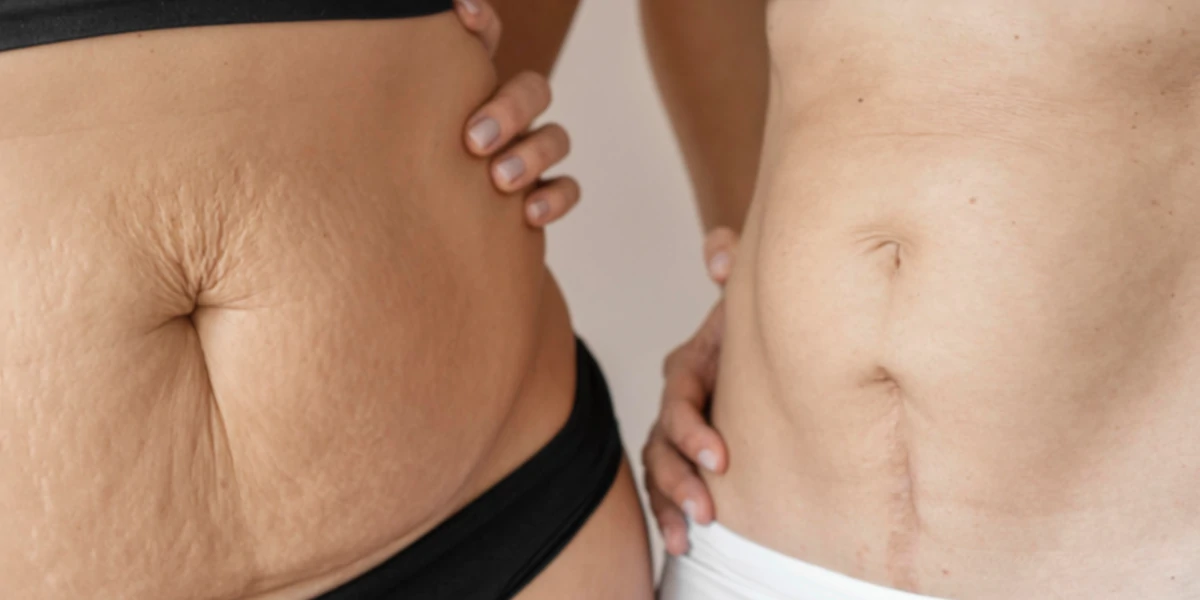
Laser Stretch Mark Removal Cost
The cost of laser stretch mark removal varies widely, as there is no one-size-fits-all price. The final investment depends on several key factors. On average, you can expect to pay anywhere from $400 to $1,500 per session. A full course of 3-6 treatments can therefore range from $1,200 to over $8,000.
Here is a breakdown of the factors that influence the total cost:
| Factor | Influence on Cost |
|---|---|
| Size & Number of Areas | Treating a larger area like the full abdomen will cost more than treating a smaller area like the hips. |
| Type of Laser Used | More aggressive ablative lasers (e.g., CO2) are often more expensive per session than non-ablative lasers or IPL. |
| Total Number of Sessions | The total cost is a multiple of the per-session price. More sessions mean a higher overall investment. |
| Geographic Location | Clinics in major metropolitan areas with a higher cost of living typically have higher prices. |
| Provider’s Expertise | A board-certified dermatologist with extensive experience will generally charge more than a less experienced practitioner. |
Always get a precise quote during your consultation to understand the full financial commitment.
Frequently Asked Questions (FAQ)
Q1: Why do stretch marks form?
A: They are a type of scar that forms in the skin’s middle layer (the dermis) when it is stretched rapidly. This sudden expansion, often combined with hormonal shifts during pregnancy or puberty, causes the skin’s collagen and elastin fibers to tear.
Q2: Is there anything I can do to prevent stretch marks?
A: While you can’t always prevent them completely, you can certainly support your skin’s health and elasticity to minimize their severity. At-home methods like consistent moisturizing, staying hydrated, and eating a nutrient-rich diet can make a real difference. For a complete guide on these supportive home care strategies, check out our detailed pillar article on how to remove stretch marks after pregnancy.
Q3: Is laser stretch mark treatment suitable for dark skin types?
A: Yes, but it must be approached with extreme caution. Darker skin contains more melanin, making it more prone to pigmentation issues from laser heat. Non-ablative fractional lasers are generally a safer choice. It is absolutely critical for individuals with skin of color to find a provider with specific, proven experience in treating darker skin tones with lasers.
Conclusion: An Investment in Your Confidence
Laser stretch mark removal stands as one of the most effective clinical treatments available today for significantly improving the appearance of both new and old stretch marks. The key to success lies in choosing the right laser for your specific needs, having realistic expectations, and committing to the full treatment and aftercare plan.
The decision to pursue any cosmetic treatment is deeply personal. If you are ready to explore the possibilities for your skin, your next step is a professional evaluation. Schedule a consultation with a board-certified dermatologist or a reputable aesthetic clinic today to get a personalized plan and take the first step toward reclaiming your skin’s smoothness.
For spa owners and aesthetic professionals, offering effective laser stretch mark removal treatment is a powerful way to expand your service menu and meet a high-demand client need. Investing in reliable, professional-grade equipment is crucial for delivering superior results and ensuring patient safety. Explore Tingmay’s portfolio of advanced laser systems to equip your clinic with the industry-leading technology trusted by top professionals.
